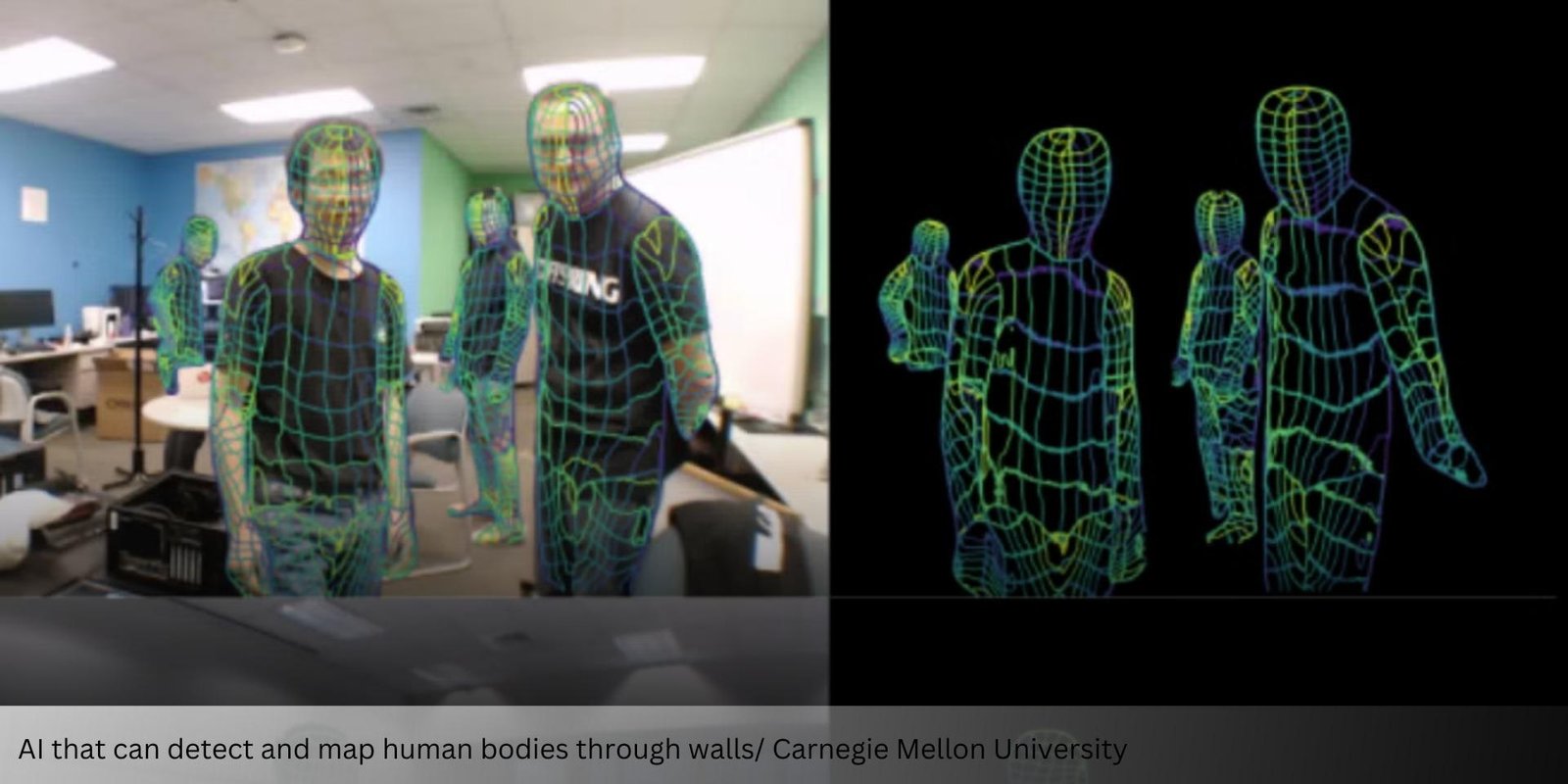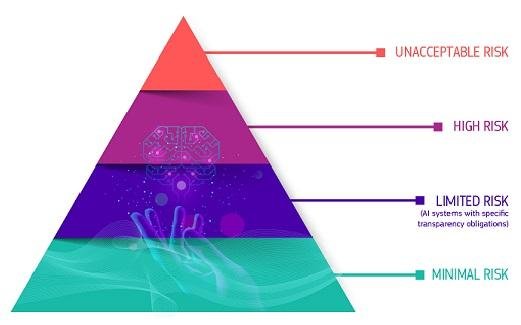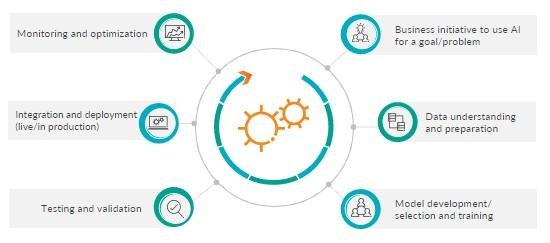In the rapidly evolving landscape of technology, few developments stir as much debate as artificial intelligence. As advancements in AI promise unprecedented opportunities, they also raise pressing concerns about ethics, safety, adn accountability. Recently, a faction of former Trump officials has emerged, seeking to dismantle an initiative aimed at overseeing AI’s trajectory. Thier moves come amidst mounting apprehension from various sectors about AI’s potential implications on society, economy, and governance. This article examines the motivations behind this push to scale back oversight, the potential consequences for innovation and regulation, and the broader implications for a future intertwined with smart machines.
Table of Contents
- concerns Over Innovation vs Regulation in AI Development
- Implications for national Security and Economic Stability
- Recommendations for a Balanced Approach to AI Oversight
- Engaging Stakeholders: Building a Collaborative Framework for Policymaking
- to Conclude

concerns Over Innovation vs Regulation in AI Development
The ongoing debate surrounding the balance between innovation and regulation in artificial intelligence development has become increasingly volatile. As technological advancements race ahead, concerns arise regarding the potential risks associated with AI. Critics argue that overregulation could throttle innovation, stifling groundbreaking progress in fields such as healthcare, finance, and transportation. They emphasize the need for a framework that fosters creativity while ensuring that safety measures are in place to protect society.
On the other hand, advocates for stringent oversight warn that unchecked AI development could lead to notable ethical lapses and unintended consequences. The complexities of AI systems meen that they can often act in unpredictable ways that might infringe upon personal freedoms or exacerbate existing social inequalities. Many believe that an effective regulatory framework should prioritize transparency, accountability, and ethical considerations to prevent businesses from prioritizing profit over societal good. Key themes frequently enough discussed include:
- Data Privacy: Ensuring that user data is handled responsibly to protect individual rights.
- Bias and fairness: Addressing algorithmic bias and ensuring equitable treatment across demographics.
- Two-way Collaboration: Encouraging public-private partnerships to design robust regulatory systems that adapt to evolving technologies.
As the political landscape shifts, the tension between innovation and oversight may shape the trajectory of AI development. Policymakers and tech leaders must engage in ongoing dialogues to navigate the complexities of this duality. The stakes are high, and their decisions will profoundly influence the future of technology and society at large. An exmaple of the proposals currently being debated includes the following:
| Proposal | Innovation Impact | regulatory Benefit |
|---|---|---|
| Increased Funding for Research | Enhances capabilities and accelerates breakthroughs | ensures safety protocols are developed alongside innovations |
| Mandatory Ethical Audits for AI Systems | Could slow down deployment timelines | Reduces risk of harmful biases, ensuring fair use |
| Public Awareness Campaigns | Boosts acceptance and understanding of AI | Empowers citizens to advocate for their rights |

Implications for National Security and Economic Stability
The ongoing debate surrounding AI oversight digs deep into the roots of national security and economic stability, raising critical questions about the balance between innovation and regulation. As officials explore halting AI oversight initiatives, the ramifications could extend beyond the technology sector, infiltrating various aspects of daily life.The pivotal concerns include:
- Increased Vulnerability: without robust regulatory frameworks, AI systems could become susceptible to exploitation, enhancing the risk of cyber threats and misinformation campaigns.
- Economic Disparity: A lack of oversight could lead to unregulated practices that disproportionately benefit larger corporations, exacerbating economic inequities.
- Global Standing: The U.S.could face diminished credibility in international arenas if its approach to AI governance is seen as irresponsible or reactive.
Moreover, the impact on job markets and workforce dynamics is noteworthy. As AI continues to evolve, industries may experience significant shifts that could lead to:
| Industry | Potential Impact |
|---|---|
| Manufacturing | Increased automation leading to job displacement |
| Healthcare | Enhanced diagnostics but potential ethical dilemmas |
| Finance | Rapid AI-driven decisions could result in market volatility |
Addressing these implications necessitates a nuanced and forward-thinking approach to AI governance. Ensuring a comprehensive oversight framework could foster both innovation and responsible use, ultimately preserving national stability and promoting equitable economic growth. As discussions progress, it becomes increasingly imperative for policymakers to recognise the interconnectedness of technology, security, and economic health, striving for a balanced strategy that safeguards the nation’s future.

Recommendations for a Balanced Approach to AI Oversight
Establishing an effective framework for AI oversight requires a blend of collaboration and innovation. Key stakeholders, including government entities, industry leaders, and academic institutions, should engage in open dialogues to develop regulations that are adaptable yet robust. This includes:
- Inclusive Policy Development: Leveraging inputs from diverse backgrounds to ensure comprehensive oversight
- Regular Review Mechanisms: Implementing periodic assessments to adapt to technological advancements
- Public Awareness Programs: Educating the public on AI impacts, fostering transparency and trust
Moreover, fostering international cooperation can enhance the effectiveness of AI governance. Countries should work together to create global standards that not only protect users but also encourage innovation.A focus on the following aspects can facilitate this collaboration:
| Aspect | Benefit |
|---|---|
| Shared Best Practices | Harmonizes regulations across borders, simplifying compliance. |
| Joint Research Initiatives | Pools resources for more accurate risk assessments. |
| Cross-Border Regulatory Bodies | Facilitates immediate response to global AI challenges. |
embracing a risk-based approach to oversight can ensure that regulations remain proportionate to the actual impacts of AI technologies. This involves identifying priority areas for stricter control while allowing lower-risk applications to flourish. Such a balanced strategy should emphasize:
- risk Assessment Frameworks: Evaluating potential harms on a case-by-case basis
- Proportional accountability: Tailoring regulatory responses to the scale of AI deployment
- Support for Innovation: Allowing space for startups and new technologies to develop within a guided surroundings

Engaging Stakeholders: Building a Collaborative Framework for Policymaking
In the evolving landscape of artificial intelligence, the Trump administration is facing significant pushback as it seeks to dismantle initiatives aimed at regulating AI technologies. This move raises critical questions about how stakeholder engagement can shape policymaking in such a rapidly developing field. Ensuring that various voices are heard is essential for crafting a framework that balances innovation with public safety. In this context, building a collaborative environment among government, industry, academia, and civil society is more critically important than ever.
To foster effective collaboration, focus must be placed on the following key areas:
- Transparency: Clear interaction about the goals and implications of AI policies can help demystify processes and build trust.
- Diversity of Perspectives: Engaging a wide range of stakeholders-from tech developers to ethicists-ensures that multiple viewpoints are considered, enriching the policymaking process.
- iterative feedback Loops: Regular consultations and feedback mechanisms can adapt policies in real-time, reflecting ongoing advancements and societal concerns.
As the landscape shifts, building a collaborative framework can facilitate better outcomes. The table below illustrates various stakeholders and their potential contributions to AI policymaking:
| Stakeholder | Contribution |
|---|---|
| Government Agencies | Regulatory oversight and enforcement |
| Industry Leaders | Innovation insights and technological advancements |
| Academia | Research and ethical considerations |
| Civil Society Groups | Advocacy for public interests and accountability |
To Conclude
As the debate surrounding AI oversight continues to unfold, the stakes have never been higher. with Trump officials pushing back against regulatory measures,the conversation around artificial intelligence is evolving into a pivotal junction. Supporters of oversight argue for the necessity of safeguarding ethical standards and public welfare, while opponents cite the need for innovation and economic growth. As this dynamic landscape unfolds, it is indeed crucial for policymakers, technologists, and citizens alike to engage in informed dialog. The decisions made today will shape the trajectory of AI development and its role in society, influencing everything from job markets to personal privacy. Moving forward, a balance between regulation and innovation must be sought, ensuring that technology serves humanity and not the other way around. In this era of rapid advancements, one thing remains clear: the future of AI is not just a technological challenge; it is a societal one. Will we embrace oversight that fosters trust and safety, or will we pursue unregulated growth at the risk of our collective values? The answer lies in our willingness to engage, discuss, and navigate the complexities of this transformative technology together.